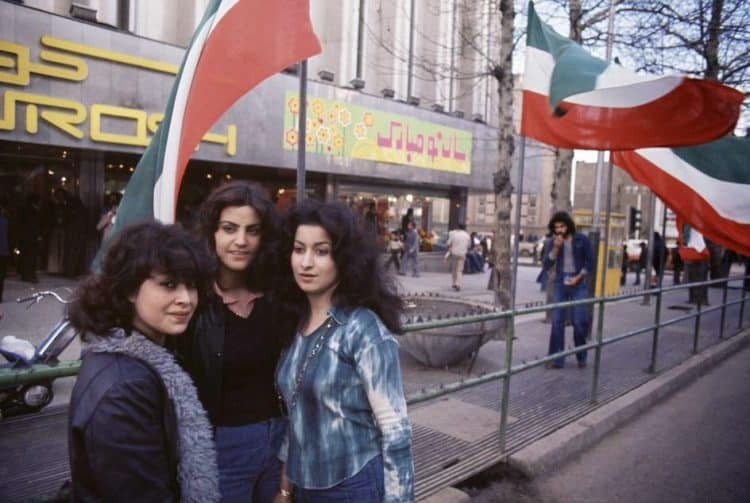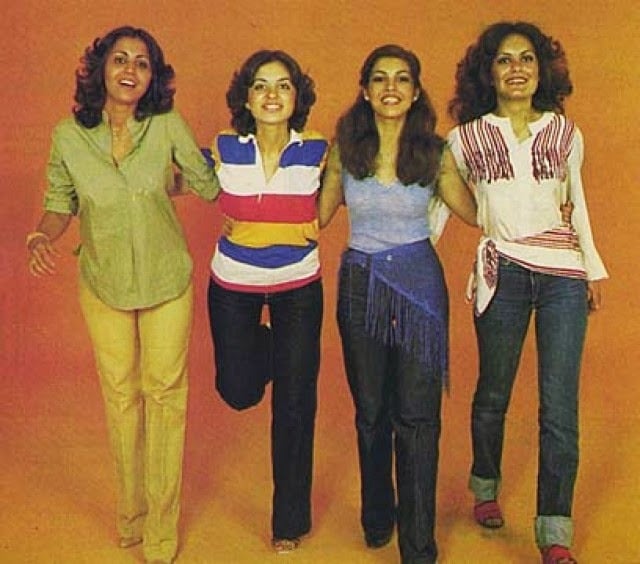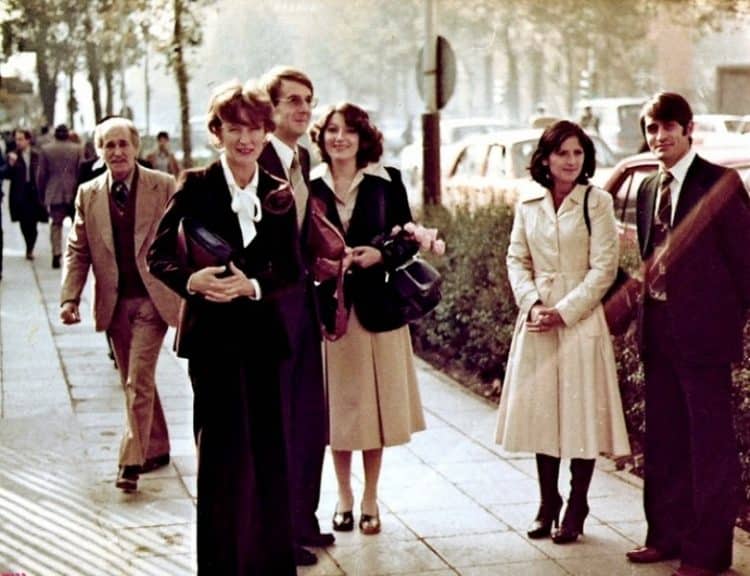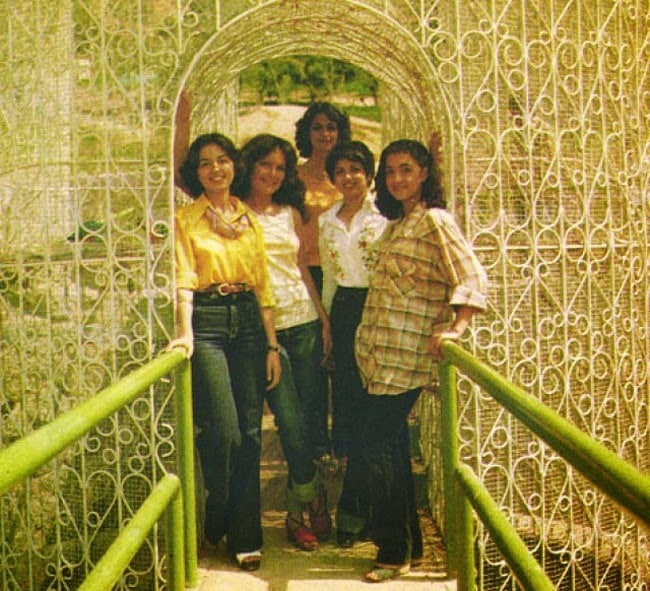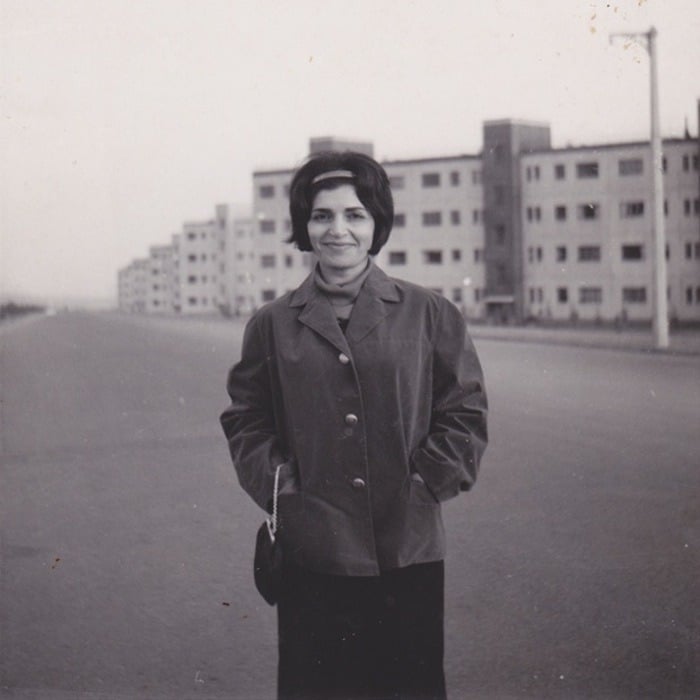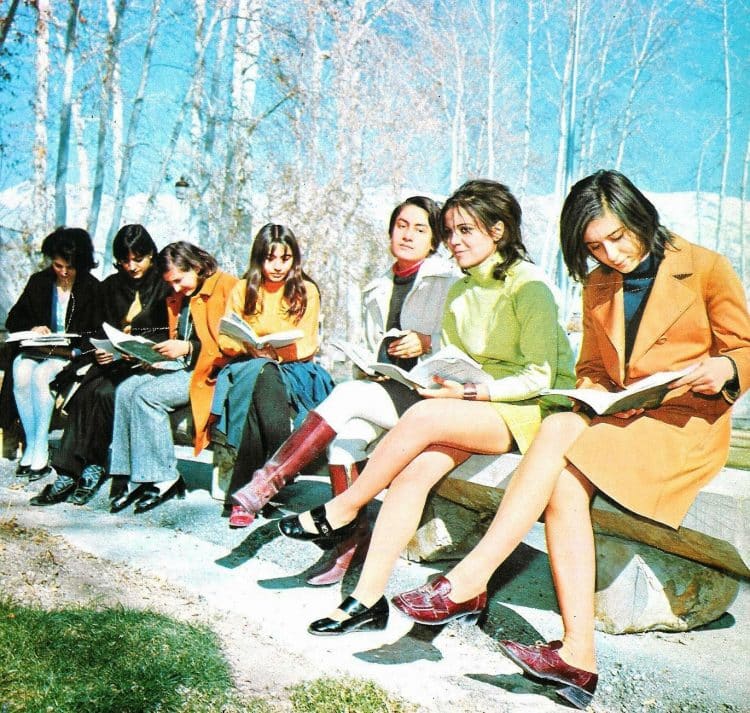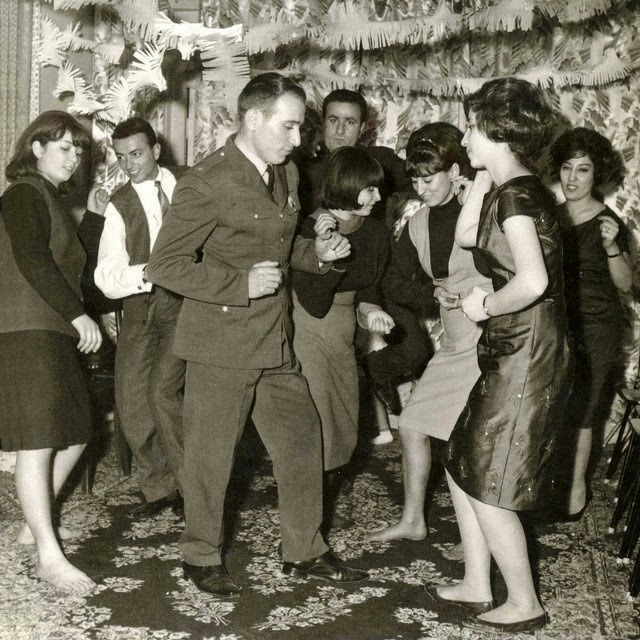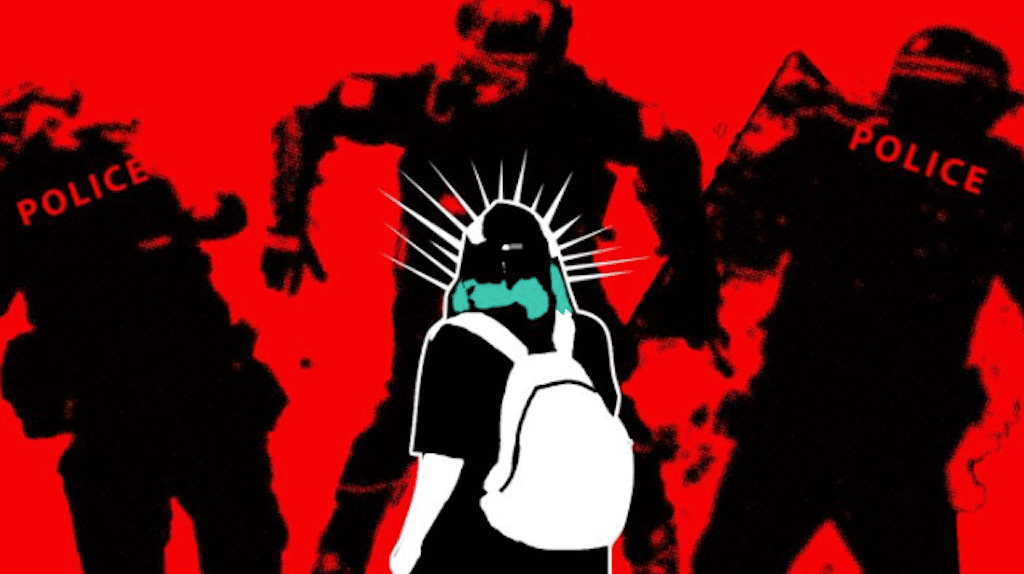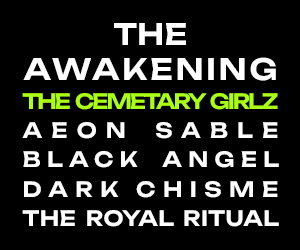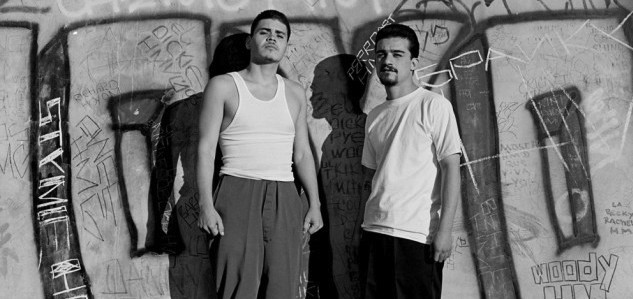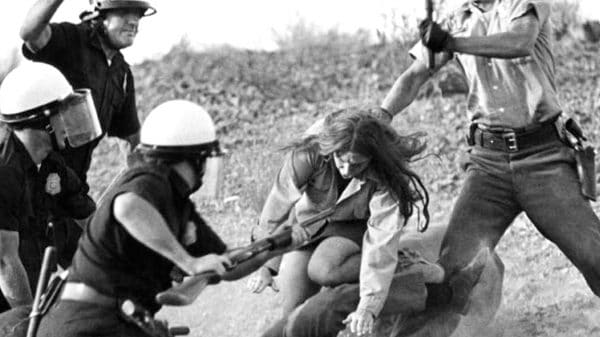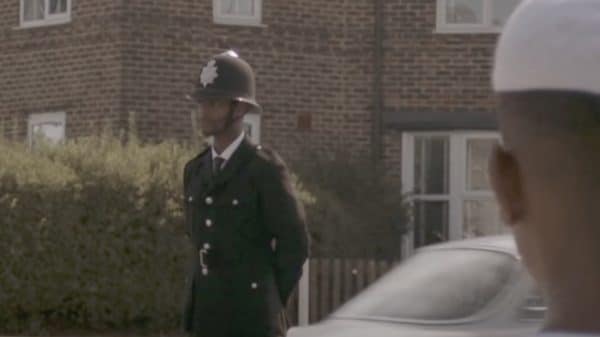Just over a year before I was born, on March 8th, 1979, over 100,000 Iranian women took to the streets to protest the introduction of the “compulsory hijab ruling.” With The Islamic Republic coming into power, women saw that their human rights were being stripped, starting with their bodily autonomy. The women and girls who engaged in these protests are the grandmothers and mothers of the women and girls who are burning their hijabs and shaving their heads on the streets of Iran today.
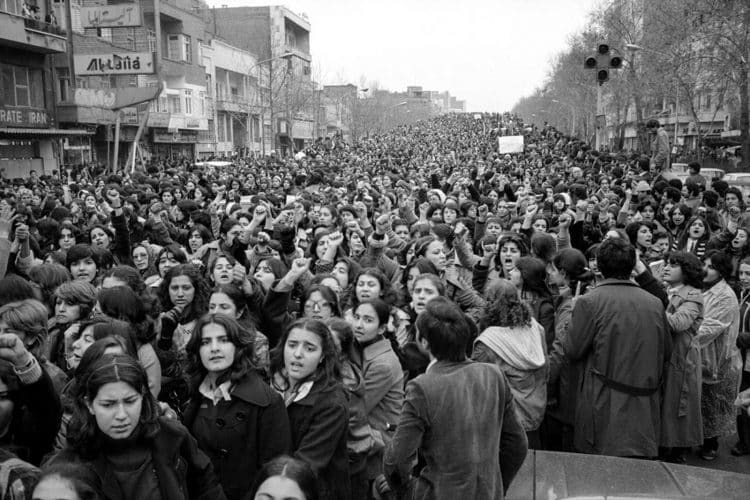
Imagine — we live in a world where men tell women and girls they’re weak on a minute-by-minute basis. But the people who are demanding their human rights be respected are young women and girls. The people going toe-to-toe with heavily armed security forces knowing they may be beaten to death by police and government officials like Mahsa Amini, Nika Shakarami, Sarina Esmailzadeh, and Asra Panahi, are young women and girls. They’re literally putting their lives on the line in the hopes that their daughters and granddaughters will have the freedom to live in a more equal society.
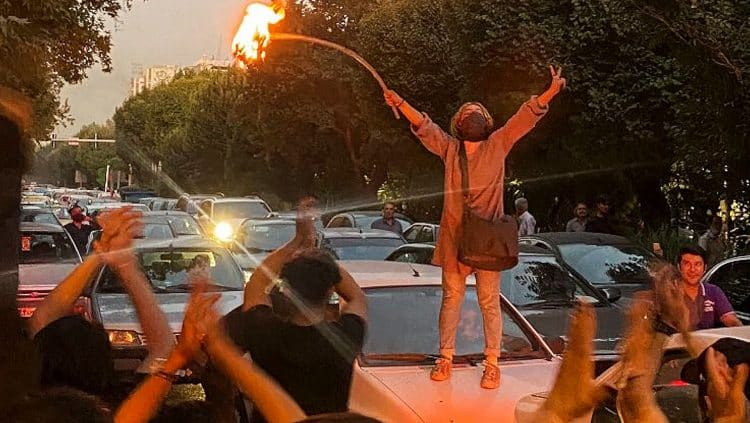
The systems we live under are only good for the very few who hoard wealth and power in it. The rest of us work to build up their wealth and power every day. The way they wield that wealth and power is different from country to country, but in the end, the only way we can experience the quality of life and worthiness we were born deserving of is with community, collective action, and support for one another across nations, genders, generations, sexualities, ethnicities, and cultures.
Support My Stealthy Freedom
Support Middle East Matters
Support Amnesty International
Follow #Mahsa_Amini
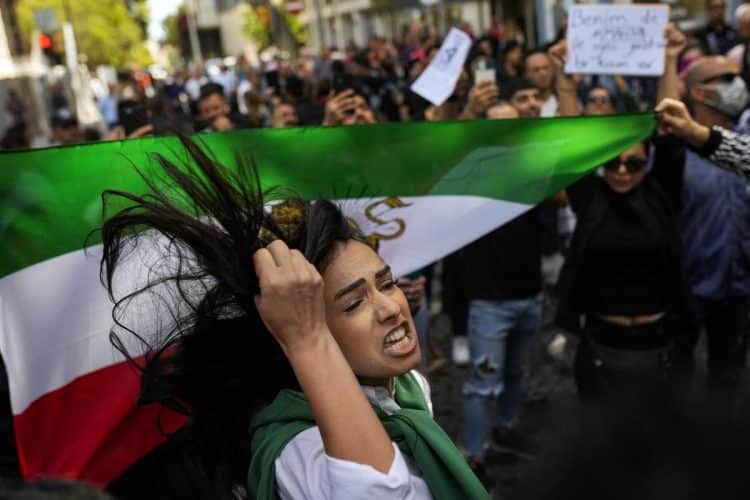
March 8th, 1979 Protests
Photos: Hengameh Golestan
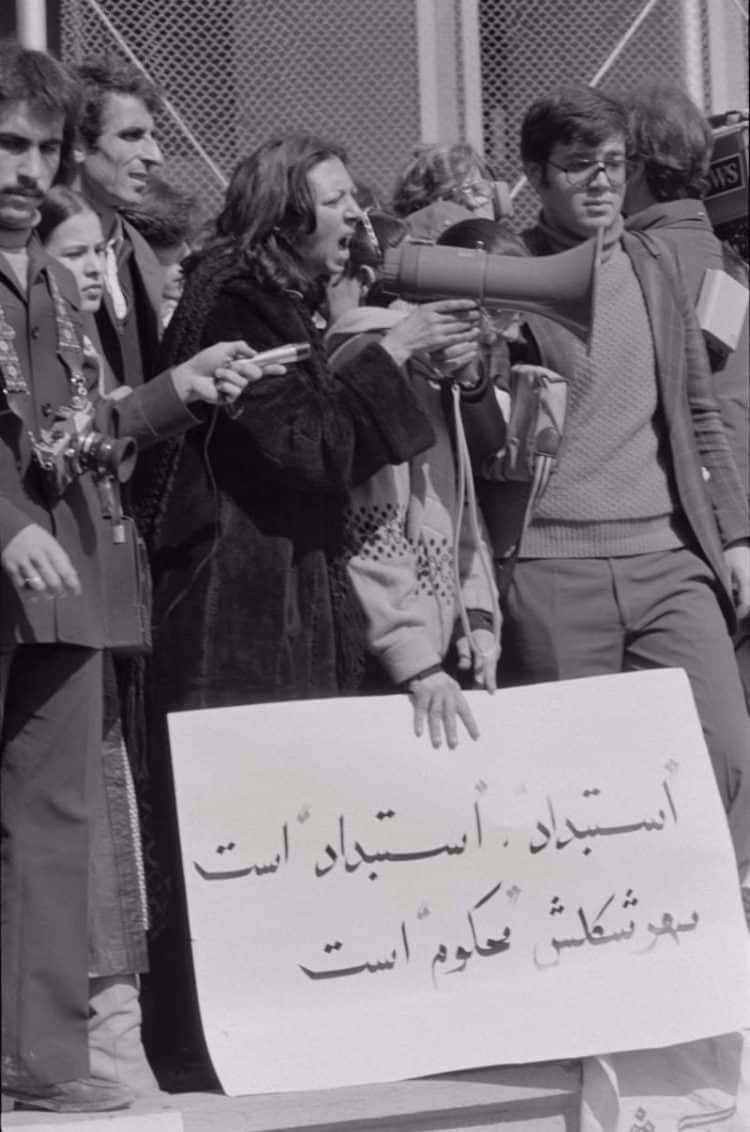
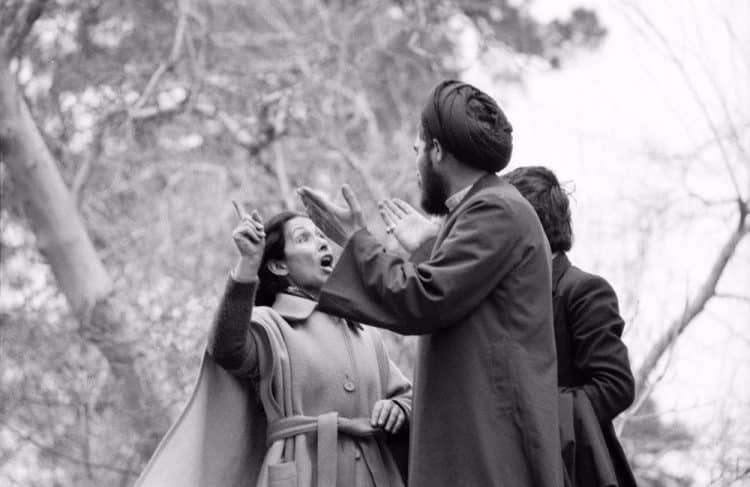
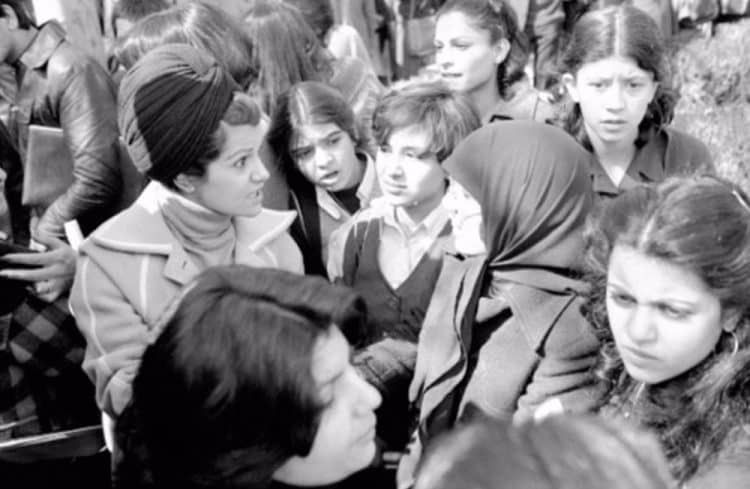
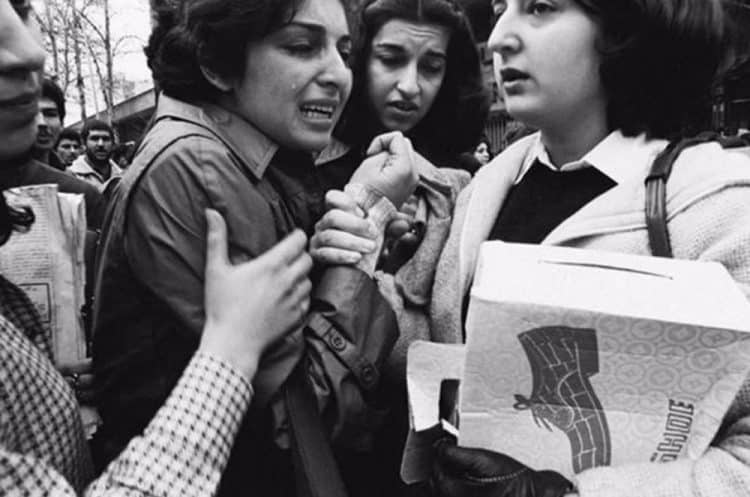
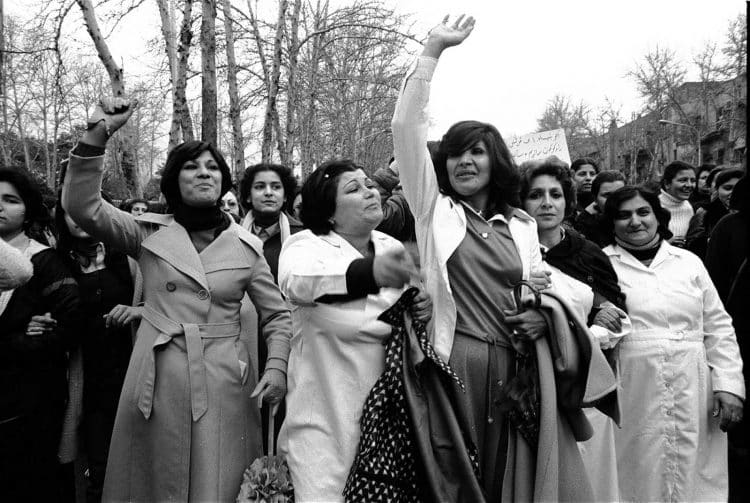




On 8 March 1979, more than 100,000 women gathered on the streets of the Iranian capital to protest against the new Islamic government’s compulsory hijab ruling, which meant that women would henceforth be required to wear a headscarf when away from home. The protest was held on International Women’s Day, and the images show women from all walks of life — nurses, students, mothers — marching, smiling, arms raised in protest. In the Islamic Republic of Iran, Ayatollah Khomeini severely curtailed rights that women had become accustomed to under the shah. Within months of the founding of the Islamic Republic of Iran, the 1967 Family Protection Law was repealed. Female government workers were forced to observe Islamic dress code; women were barred from becoming judges; beaches and sports were sex-segregated; the legal age of marriage for girls was reduced to 9 (later raised to 13); and married women were barred from attending regular schools. Almost immediately women protested these policies. The Islamic revolution is ideologically committed to inequality for women in inheritance and other areas of the civil code; and especially committed to segregation of the sexes. Many places, from “schoolrooms to ski slopes to public buses”, are strictly segregated. At the time, Golestan recalls, Iranian people were very “politically charged” and believed change could be effected by demonstrating in the streets. At the time, photographer Golestan recalls, Iranian people were very “politically charged” and believed change could be effected by demonstrating in the streets. The hijab today in Iran includes the choice of either a chador or a roopoosh and veil. The chador is a highly modest, usually black or dark outfit that covers the top of a woman’s head and loosely covers her body to her feet. The roopoosh or manteau is a long top similar to a trench coat. “The dress needs to be appropriate according to the Islamic custom of hijab (veil): women are not required to be veiled in front of mahramrelatives such as husband, father, son, brother, but are required to be “modest” if they are likely to be seen by na-mahram males”. “Bad hijab” ― exposure of any part of the body other than hands and face – is subject to punishment of up to 70 lashes or 60 days imprisonment. In April 2007, the Tehran police, (which is under Supreme Leader Ali Khamenei’s supervision), began the most fierce crackdown on what is known as “bad hijab” in more than a decade. In the capital, Tehran thousands of Iranian women were cautioned over their poor Islamic dress and several hundred were arrested. - via Rare Historical Photos
Before the revolution, Iran in the 1960s & 1970s
